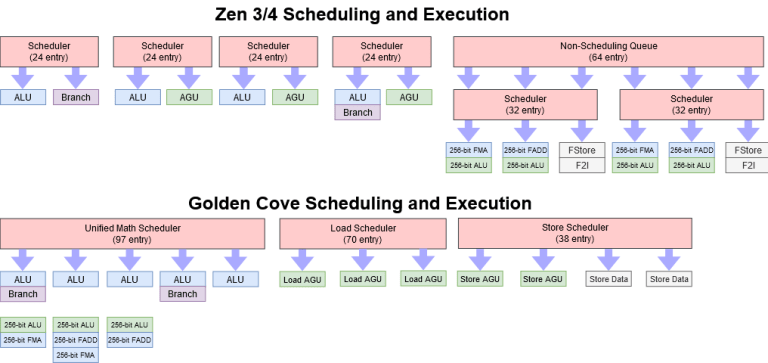It makes sense for them to launch the top-end, first. Based on the simulated benchmarks I've seen on other sites, the 7800X3D will probably offer nearly the same gaming performance (higher, in a few cases, lower in others) for a fair bit less money. So, by delaying the lower spec model, they sell more of the top-spec model.
I wonder to what extent the voltage constraint of the cache chiplet directly follows from its increased density. I still think it'd be interesting if they had put the 3D cache atop the I/O die. Perhaps just move all L3 to the I/O die and compensate by increasing the size of L2 cache on the compute dies. Then, you (probably) wouldn't have the clockspeed tradeoff that we're currently seeing.
BTW, I am aware that L2 size increases typically come at the expense of greater latency. So, only detailed simulations would tell us if it'd be a net win. I think we can't know if AMD didn't follow this path because it wouldn't be a win for desktop, or simply because their current approach is better for servers and they're not at a point where they want to diverge the performance-desktop chiplets from the server chiplets.



